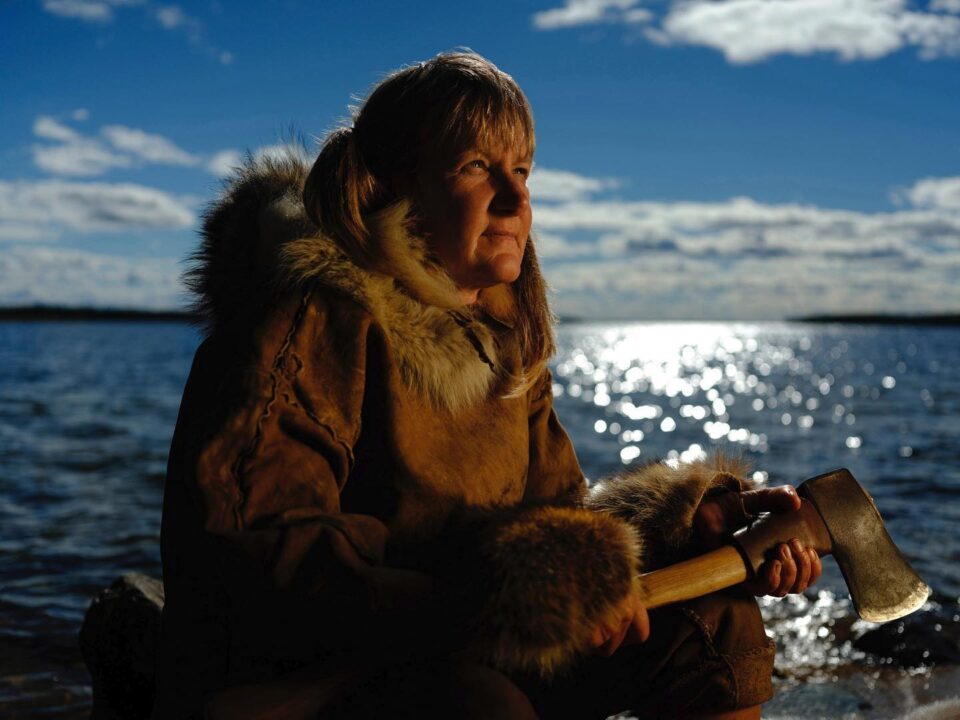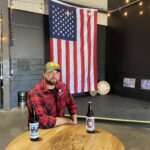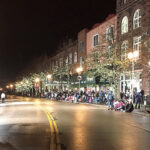Imagine being dropped off in the remote Canadian wilderness with no food and only 10 pieces of gear. Your task is to survive as long as you can while competing against other extreme survivalists. Last one out wins—with a $500,000 grand prize. Would you say “Pfff… that’s just on TV,” or would you go sign yourself up?
Ann Rosenquist, who grew up in Lutsen and Grand Marais, took this challenge seriously: she made it as a contestant in season 10 of the Alone reality TV show on the History Channel. Here’s how she recounts her experience on TV’s toughest show.
Rosenquist moved to Lutsen as a little girl, when her parents bought Solbakken Resort. Later she moved to Grand Marais and was a top cross-country skier for Cook County High School. She qualified for the USSA’s Junior Olympic Team, and raced in Lake Placid. Rosenquist emphasizes her carefree childhood romping around the woods: “I had a lot of independence growing up, because my mom and dad were always working. I was off wandering around with my little sister, chasing bears and doing squirrel autopsies. We just had fun.”
Fast forward 50 years, to when Rosenquist decided “on a whim” in April 2022 to apply to be on Alone. “My life is going past me, and I’m just going to try it,” recalls Rosenquist about that fated moment.
Two days later, Rosenquist got a call from the casting director. “She told me that I needed to get a smart phone, and I didn’t have one,” Rosenquist confesses. “I had to make lots of little videos of me making a fire, making a shelter, shooting a bow, catching fish, and more.”
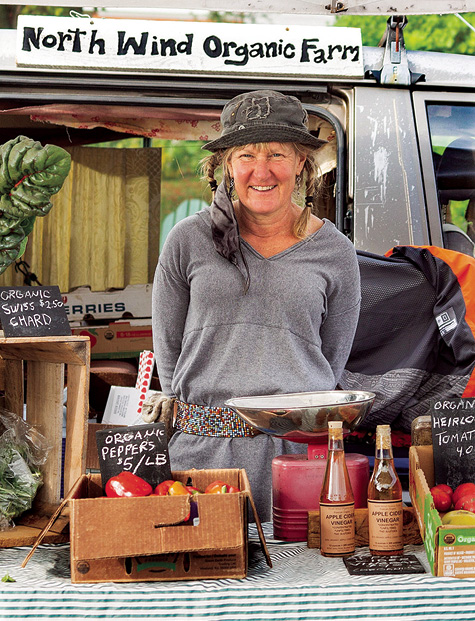
Rosenquist still wasn’t officially selected for the cast at this point, but was sent as an alternate with the other participants to Saskatoon, Saskatchewan, in early September. Then, Rosenquist got a last-minute notice. “Three days before they were going to launch, they came up to me and said, ‘OK, you’re going on.’ I said ‘Cool.’”
Rosenquist was then flown with the other contestants north to Reindeer Lake, roughly 57 degrees north of the Equator, in mid-September 2022. Rosenquist headed out to live alone on the shore of the world’s 24th largest lake by area. Rosenquist points out that Reindeer Lake has over 1,500 islands, and supposedly incredible fishing.
So, what did Rosenquist bring with her, and how did she survive? Her 10 items were a -40F down sleeping bag, a Katanaboy saw, snare wire, paracord, a multitool, an axe, a stainless-steel cooking pot, fishing line and hooks, a bow and nine arrows, and a ferro rod.
Rosenquist, 56 at the time, knew it would take all her ingenuity and life skills to procure wild game and fish. Contestants couldn’t bring any food in their one pack, and some other contestants purposely gained weight before the show as a buffer.
Rosenquist found it harder than she had initially expected to fish. “I took the inner stuff out of the paracord, and made a gill net with that, but I didn’t have much luck. I also had the line and hooks. I was trying to fish, but the wind was blowing at me the whole time. So I started swimming my little lure that I made by hand out into the lake, dropped it in deep water, then swam back to shore, and pulled it in. But I didn’t get anything.”
The only game she shot with the bow and arrow was a grouse. Rosenquist survived mainly by foraging mushrooms and reindeer moss. The latter was not exactly gourmet food: “It was kind of gnarly to eat. You had to simmer it three times and leach it out. It was kind of good by the fire, where it got toasty and smoky.”
In the end, Rosenquist spent 19 days in the Saskatchewan wilderness. She left the show voluntarily, saying that she felt unwell, but couldn’t figure out why. “I feel kind of mixed about my result. I could have gone longer. I wasn’t starving to death at that point. Mostly I was dehydrated, and I didn’t know what was wrong.”
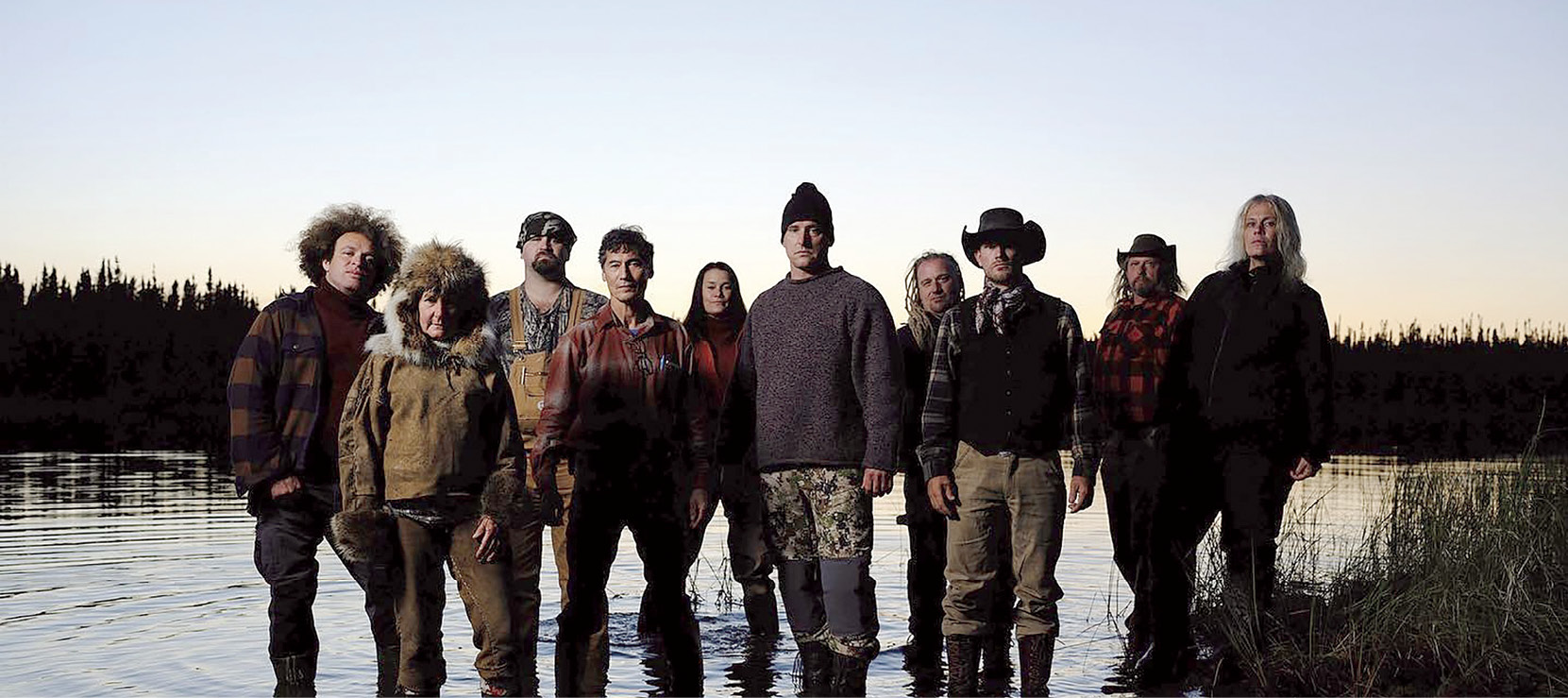
Later, Rosenquist understood she had needed to get more salt in her diet. Originally, when Rosenquist flew to Saskatoon as an alternate, she had a block of salt she was thinking of bringing with her as one of her 10 items. Then, while waiting, she sold her salt block to another contestant from Hawaii who had only a salt shaker, rather than the required block salt. This came back to haunt Rosenquist, as she couldn’t keep herself hydrated without the critical electrolyte.
Rosenquist, who was paid a daily stipend to film herself in Saskatchewan, got to see herself when season 10 aired this summer on the History Channel. “I watched myself, but I didn’t like it. They like drama on the show.” Rosenquist asserts that drama was not her game.
Nowadays, Rosenquist no longer has to film her every move. She and her partner Tom are working harder than ever operating North Wind Organic Farm outside Bayfield, Wisc. They do CSA shares, pick-your-own raspberries, strawberries, and blueberries, and attend farmers markets. They live completely off grid, producing their own electricity on site using solar and wind power.
Looking back on her experience, Rosenquist describes her original motivation to be on the show, and the end result: “I knew a few people who had been on the show already, so I partly wanted to be part of that club. I also just wanted to see how I would do. I thought I would do just great. I had all these visions of me getting a moose. I never thought about the TV thing, or the hype. It was basically my own desire to test myself in the wilderness. And it was so cool.”
So how tough is it, really, to be on Alone? For Rosenquist, “All my life I’ve been preparing for the show. I don’t think being on the show was as rough as living in downtown Minneapolis.”


